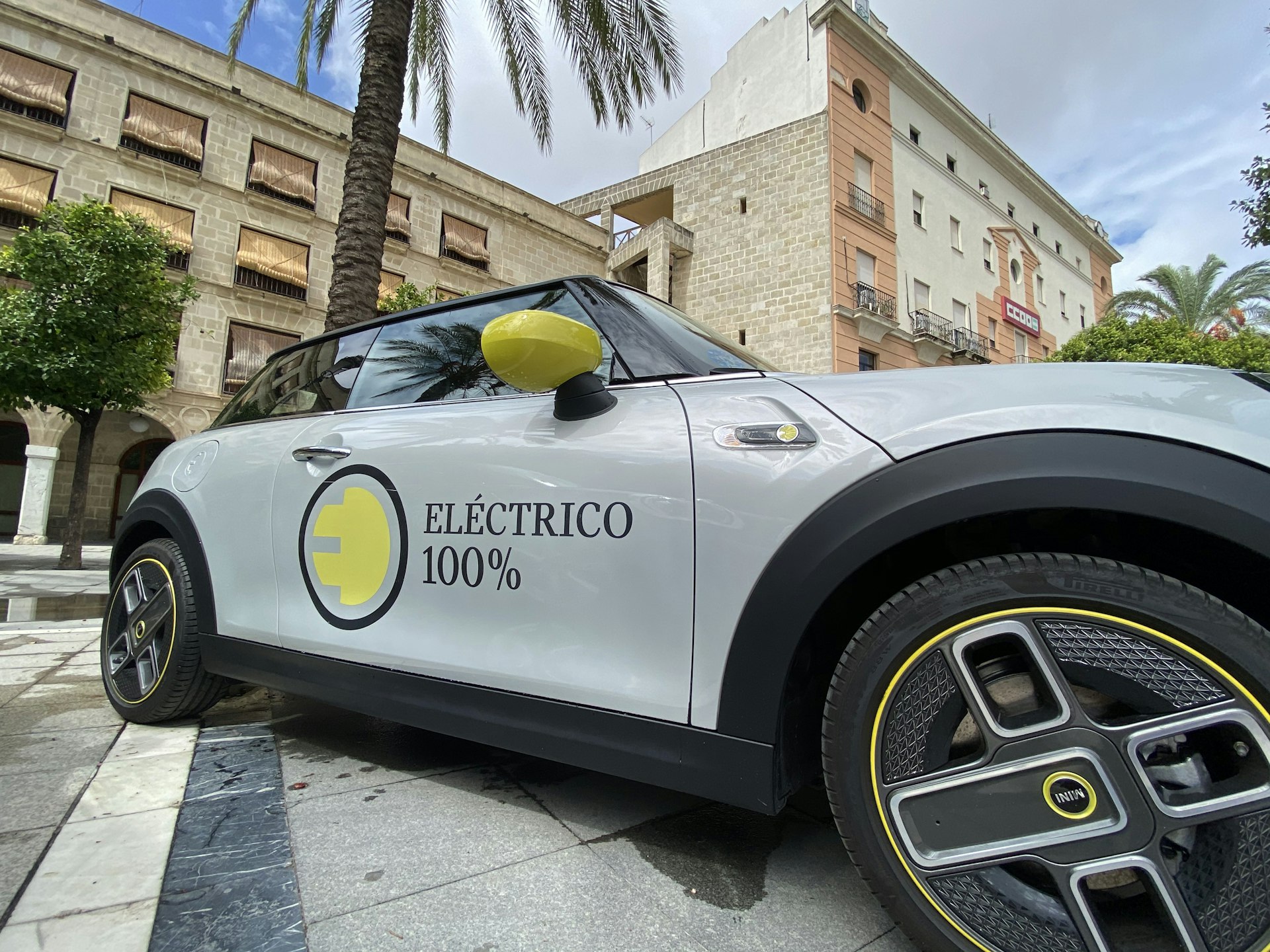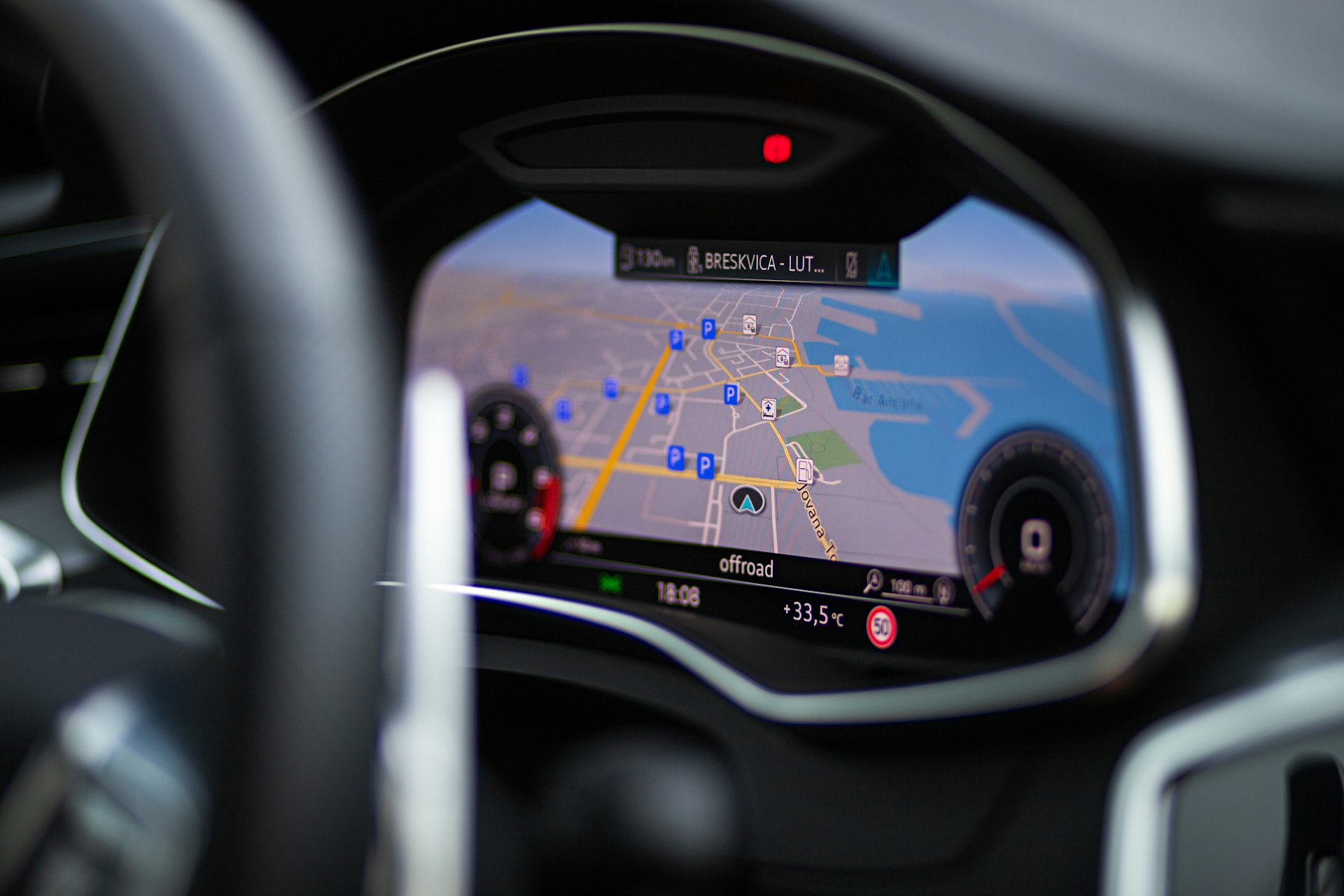The Road Ahead: Navigating the Future of In-Car Augmented Reality Displays

Photo by Obi on Unsplash
Introduction
Automotive technology is entering a new era, propelled by augmented reality (AR) displays that promise to redefine the driving experience. These innovative systems integrate digital information directly into the driver’s field of view, offering enhanced safety, navigation, and entertainment. As leading car brands and technology firms invest heavily in AR, it’s essential to understand how these displays function, what benefits they offer, and how drivers can access or prepare for their arrival. This article provides a comprehensive guide to the future of in-car augmented reality displays, including emerging trends, practical applications, and actionable steps for consumers and industry professionals.
Understanding In-Car Augmented Reality Displays
In-car augmented reality displays use advanced projection and sensor technologies to overlay digital information-such as navigation cues, hazard warnings, and contextual data-onto the real-world view through the windshield or dashboard screens. Unlike traditional heads-up displays (HUDs) that show basic information like speed or fuel, modern AR-HUDs can highlight pedestrians, indicate lane changes, and project turn-by-turn navigation directly onto the road scene. This immersive integration enhances driver awareness and reduces distractions, contributing to safer and more informed driving [4] .
Current Innovations and Industry Adoption
Major automotive manufacturers are already implementing AR in various stages of vehicle design, manufacturing, and user experience. For example:
- Mercedes-Benz and Volkswagen have integrated AR-HUDs into their latest electric models, projecting navigation instructions and safety alerts onto the windshield for enhanced driver guidance.
- Cadillac uses AR navigation and OLED displays to improve comfort and safety, while Kia incorporates AR navigation in its EV6, focusing on the needs of safety-conscious drivers.
- BMW and Jaguar leverage AR for vehicle prototyping and simulation, accelerating design cycles and enhancing safety.
- Brands like Porsche , Tesla , and Bentley offer AR experiences in showrooms and through mobile applications, allowing customers to customize vehicles and interact with features virtually [1] .
This rapid adoption signals a shift in the automotive landscape, with AR becoming a standard tool for both manufacturers and consumers.
How Augmented Reality Enhances the Driving Experience
The core promise of AR in vehicles is its ability to improve safety, efficiency, and enjoyment. Some of the most impactful benefits include:
- Enhanced Navigation: By projecting guidance arrows, street names, and hazard warnings onto the actual road, drivers can follow directions without taking their eyes off the scene ahead. This reduces cognitive load and supports safer decision-making [2] .
- Real-Time Hazard Detection: AR systems can highlight moving pedestrians, cyclists, or unexpected obstacles in real time, potentially improving reaction times and reducing accident risk [4] .
- Personalized Information: Drivers receive context-specific updates, such as nearby gas stations, restaurants, or points of interest, overlaid on their route. This streamlines trip planning and provides instant access to relevant services [2] .
- Immersive Entertainment and Interaction: Advanced AR systems can enable interactive experiences for passengers, such as virtual tours, games, or educational overlays during road trips [1] .
As 5G networks and sensor technologies mature, these features are expected to become more robust, reliable, and widely available.
The Future of In-Car AR: Trends and Predictions
Looking ahead, the future of in-car AR displays points toward even greater integration, sophistication, and personalization. Key trends shaping this evolution include:
- Head-Mounted Displays (HMDs): Some manufacturers are exploring HMDs that provide drivers with a fully immersive AR experience, displaying navigation, hazard alerts, and vehicle data directly in their line of sight [2] .
- Mixed Reality Experiences: Fusion of physical and virtual elements may allow drivers and passengers to interact with live data about their environment-including traffic, weather, and local businesses-while on the move.
- Integration with Autonomous Vehicles: As self-driving technology advances, AR will play a central role in communicating vehicle intent, route changes, and safety information to human occupants, bridging the gap between AI and the user [4] .
- Enhanced Manufacturing and Training: AR is already transforming automotive manufacturing by overlaying digital instructions and models onto real components, improving assembly accuracy, quality control, and workforce training [3] .
Many industry experts predict that AR-enabled displays will become standard features in premium vehicles within the next decade, gradually making their way to mass-market models as costs decrease and technology matures.

Photo by Swansway Motor Group on Unsplash
Accessing and Experiencing AR Features Today
If you’re interested in exploring or adopting in-car AR technology, several pathways are available:
- Purchasing Vehicles with AR-HUDs: Some new models from brands like Mercedes-Benz, Volkswagen, and Kia offer AR heads-up displays as standard or optional features. To access these, contact authorized dealerships or visit the manufacturer’s official websites to review specifications and availability. Always verify with the dealer which AR features are included in specific trim levels.
- Mobile AR Applications: Many manufacturers provide AR apps for smartphones or tablets, allowing users to experience virtual car tours, customization, and feature demonstrations. For example, BMW, Ford, and Tesla offer official AR-enabled apps; you can find these by searching the respective manufacturer’s website or official app store listings [1] .
- Showroom and Dealership Experiences: Some dealerships now feature AR kiosks or virtual test drive stations. To locate these, inquire directly with local dealerships or consult the brand’s official retail experience pages for locations with AR functionality.
- Aftermarket Solutions: While factory-installed AR-HUDs are most reliable, aftermarket AR navigation and HUD devices are emerging. These typically connect to your smartphone and project basic navigation onto the windshield. For product reviews or to compare features, search reputable automotive technology review sites and consult consumer feedback before purchasing.
If you need more information about a specific AR feature or how to access it, consider reaching out to the manufacturer’s customer support or visiting an authorized dealership. For training opportunities or industry certification in AR automotive technology, contact accredited automotive technology schools such as the Automotive Training Centre, which provides guidance on careers and further learning in this field [4] .
Implementation Guidance: Steps to Prepare for AR-Enabled Vehicles
To take advantage of future AR features, follow these steps:
- Research Vehicle Options: Use official manufacturer websites and authorized dealerships to compare models offering AR displays. Look for detailed specifications and reviews from established automotive publications.
- Evaluate Feature Sets: Determine which AR functions (navigation, safety, entertainment) best suit your needs. Some features may only be available on higher trim levels or as part of technology packages.
- Test AR Experiences: Visit showrooms with AR demos or request a virtual tour through official apps. This allows you to experience AR features firsthand and ask questions about performance, maintenance, and updates.
- Stay Informed: Monitor automotive news from authoritative industry sources for updates on the latest AR advancements. Conferences and technology expos often showcase new developments and upcoming models.
- Seek Training: If you are an automotive professional, consider enrolling in AR technology training programs. Accredited institutions offer courses on AR system maintenance, implementation, and troubleshooting.
For consumers, staying flexible and open to emerging technology is key. Early adopters may benefit from incentives or exclusive features, but it’s wise to review technology lifecycle considerations, such as software updates and hardware compatibility, before making a purchase.
Challenges and Alternative Approaches
Despite the promise of AR in cars, several challenges remain:
- Cost and Accessibility: Currently, AR displays are most common in luxury or premium vehicles, with higher costs potentially limiting widespread adoption. As technology matures, expect gradual price reductions and broader availability [2] .
- Technical Limitations: AR systems depend on accurate sensors, cameras, and software integration. Inclement weather, dirty windshields, or sensor malfunction can hinder performance. Manufacturers are working to address these limitations with better hardware and robust software updates.
- Distraction Risks: While designed to reduce distractions, poorly implemented AR could potentially add clutter to the driver’s view. Regulatory agencies and manufacturers are refining interface designs to balance information delivery and driver focus.
- Alternative Solutions: For those unable to access built-in AR, smartphone-based AR navigation apps and aftermarket HUD devices provide partial functionality. While less integrated, these options can still enhance the driving experience when configured carefully.
It’s advisable to consult with professionals and review user feedback before investing in any AR system-factory or aftermarket.
Key Takeaways
The future of in-car augmented reality displays is bright, with technology poised to transform how we navigate, interact with, and enjoy our vehicles. From seamless navigation overlays to real-time hazard detection and immersive entertainment, AR is set to become a defining feature of modern automotive experiences. By staying informed, evaluating options, and seeking verified guidance from manufacturers and automotive professionals, drivers can prepare for this exciting evolution.
References
- [1] Caledon Chrysler (2024). Unlocking the Potential of Augmented Reality in Car Shopping.
- [2] TechnoLynx (2023). Augmented Reality in Cars: AR in the Automotive Industry.
- [3] Spyne (2023). Augmented Reality in Car Manufacturing.
- [4] Automotive Training Centre (2024). Understanding Augmented Reality In Automotive Technology.
- [5] Aquent (2023). AR / VR and 3D development: disruptive technology in automotive.
MORE FROM promospotlight.com













